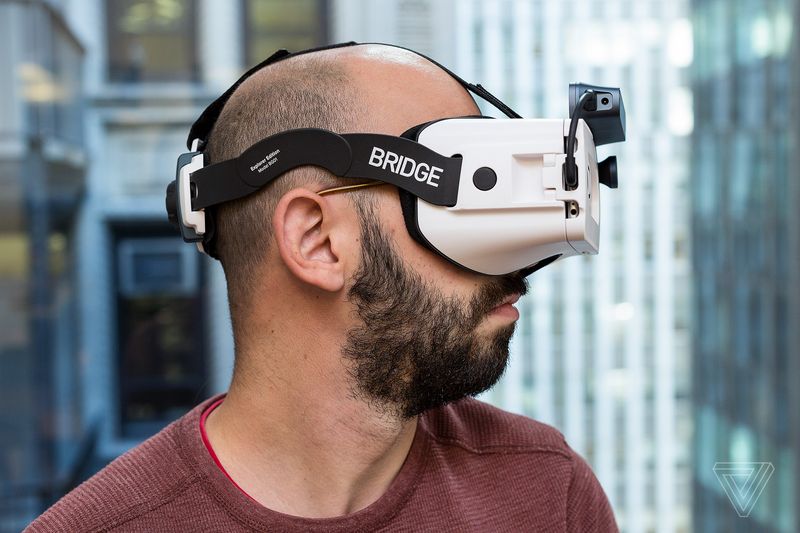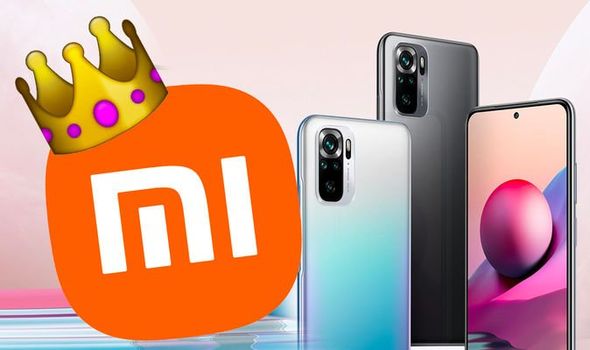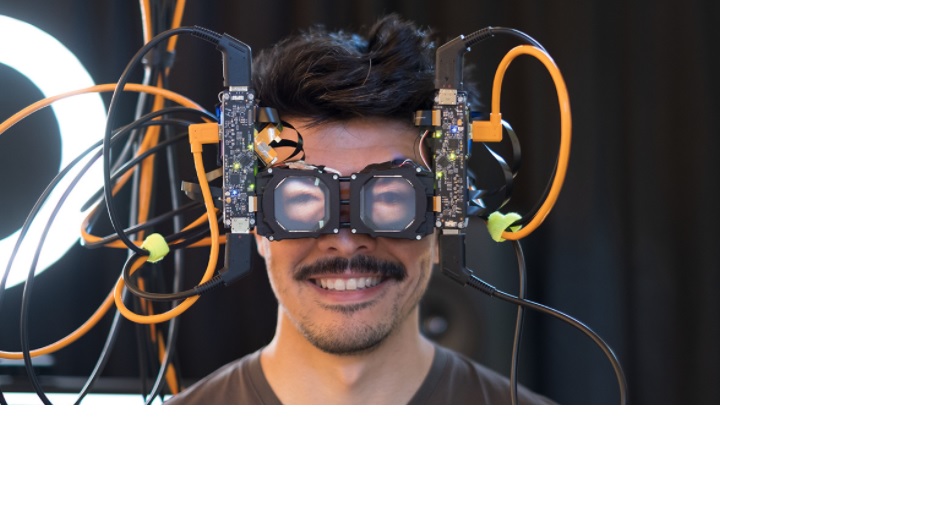Startup VR company Occipital has released a new virtual reality headset that brings virtual elements to real-world settings – a “mixed reality” experience.
Called Bridge, the VR headset that was launched by the company yesterday can be used in tandem exclusively with iPhones, and applies a digital layer over your physical surroundings. The virtual elements can apparently interacted with real-world objects when viewed through the headset.
The Bridge Explorer Edition is ready to ship, and costs a modest $499 – modest, considering the capabilities it brings to the virtual experience. Included in the pack are the Bridge headset itself, a Structure Sensor that scans the environment to bring real-world elements to the visual experience, a single button controller, a Bridge Controller (ships later at no extra cost) a branded T Shirt and a limited-edition Bridge Blueprint.
Occipital is also offering a cheaper package that only ships in March. For $399 it includes the Structure Sensor, but you can get it for $279 without the sensor.
The device is compatible with iPhone 6, iPhone 6S and iPhone 7, and pretty much works like more mobile VR headsets, where you slot the phone into place, wear the unit and start enjoying your virtual experience. It also runs on pure virtual mode, which is necessary if you don’t use the Structure Sensor.
One significant point about the Structure Sensor is the ability to actually move your point of view around the environment. Most VR headset units merely allow you to spin around a single point, which can lead to severe cases of VR sickness. With the Bridge, that problem seems to be reduced to a significant degree, although the slight delay on the visuals can leave you a bit queasy, according to Verge contributor Sean O’Kane. You can actually walk around the room because of the inside-out positional-tracking capabilities of the headset.
The mixed reality experience is also something that Microsoft has been working with on the HoloLens. Of course, Microsoft’s version is much more advanced, which is also one of the reasons it’s not a practical device for the average VR user. Using Holographic and various elements of augmented reality, Microsoft is able to create virtual environments that you can interact with and in turn are able to interact with your physical environment. At $3000 for a developer version of HoloLens, it’s not really your mainstream type of AR/VR device.
The Bridge, however, is much closer to achieving mainstream VR headset status. They still need to do a lot of work to bring a more realistic virtual experience, but it’s a great start and the price isn’t over the top. The average iPhone user should easily be able to afford one, if statistics are anything to go by.
Thanks for reading our work! Please bookmark 1redDrop.com to keep tabs on the hottest, most happening tech and business news from around the world. On Apple News, please favorite the 1redDrop channel to get us in your news feed.



